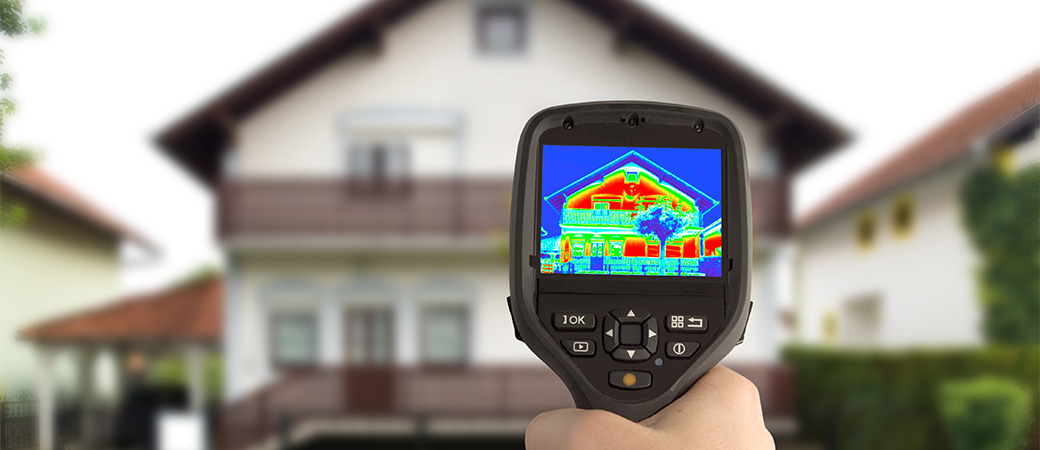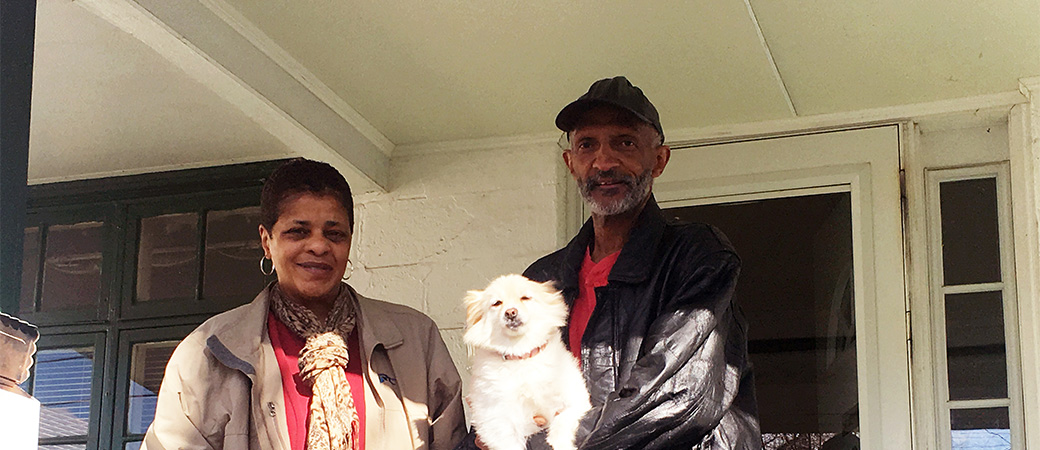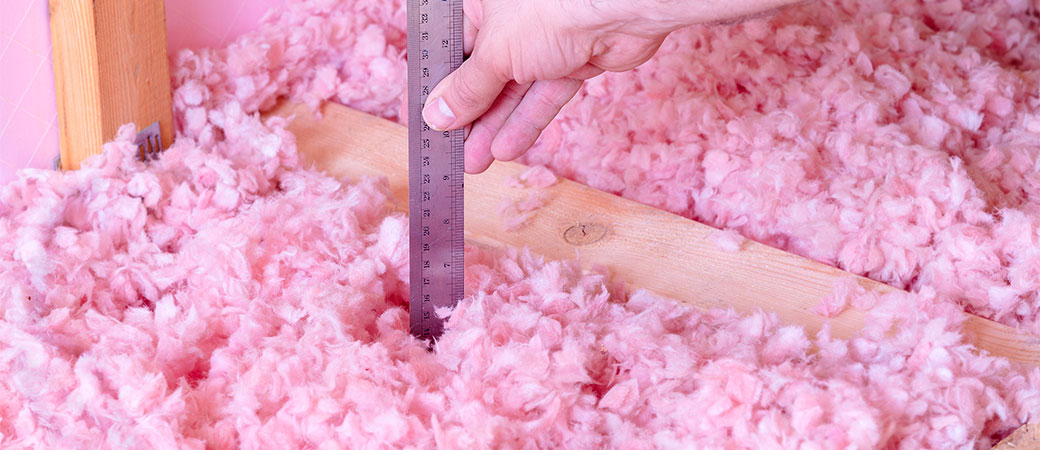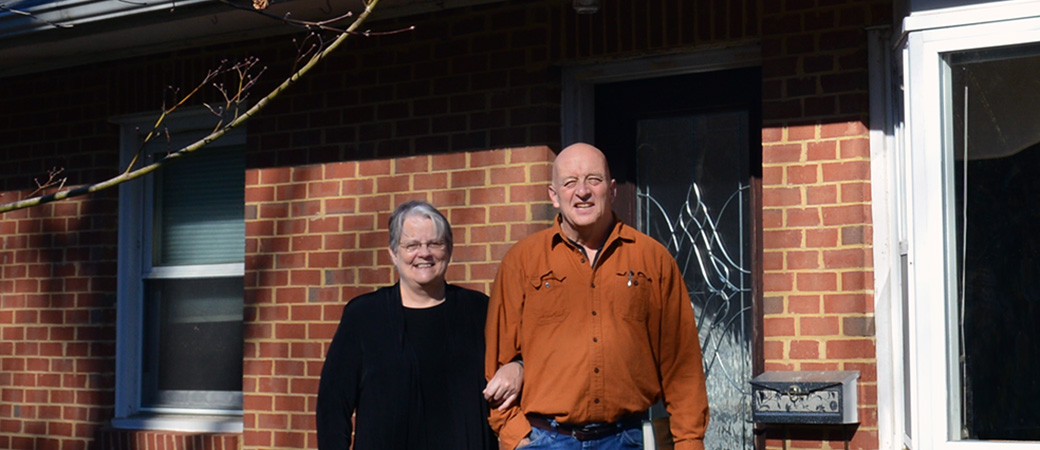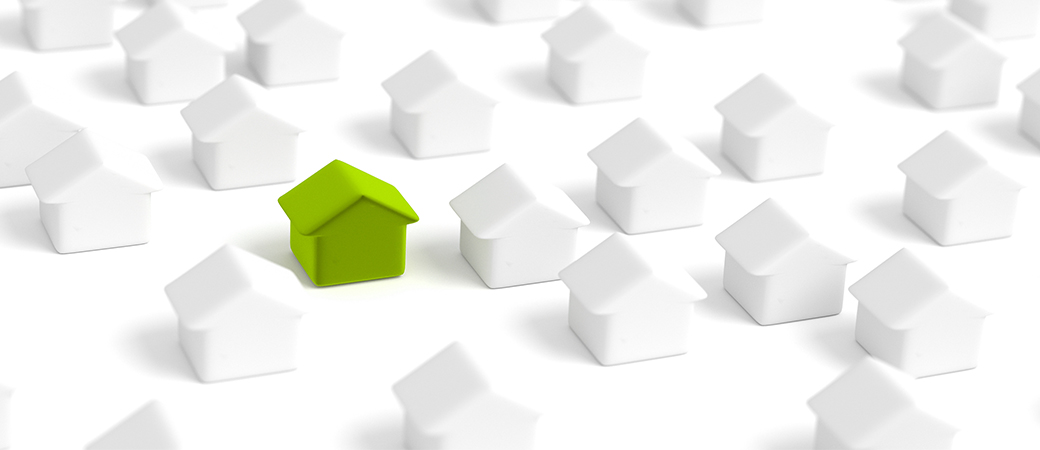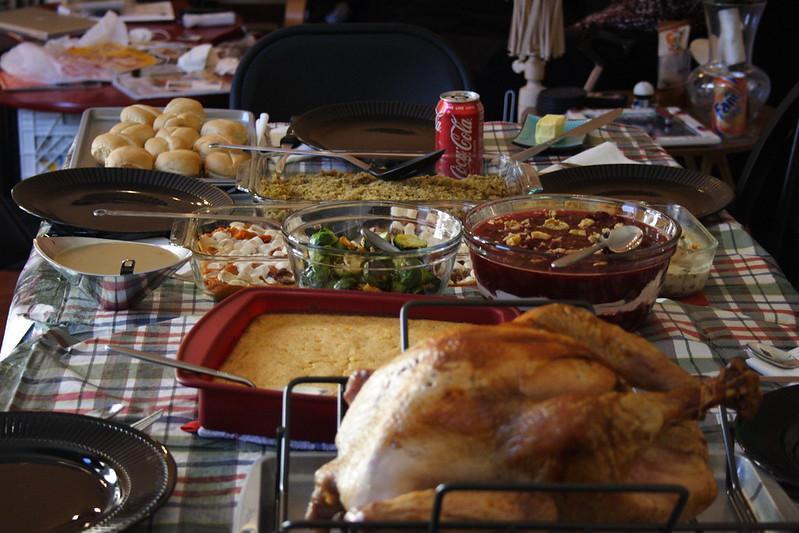
As you prepare for a holiday season filled with food and family, don’t leave energy efficiency on the back burner! The kitchen is a hub of energy-hogging appliances. Whether you’re in the market for new kitchen appliances, or just need some best-practice tips for minimizing energy waste during the holidays, here are some tips for getting the most out of the season of giving.
Stovetop
- Gas stovetops only transfer 35-40% of the heat they create to the pots and pans we use on them, electric deliver 70%, and induction stovetops transfer 90%. If you’re in the market for a new stovetop, consider switching to induction!
Oven
- Maximize space in your oven: for multiple dishes that can be cooked at the same temperature, be sure to use both racks in the oven and use as much space on them as you can.
- Try baking using glass or ceramic dishes, as they retain heat better.
- Invest in a fan-assisted or convection oven.
Dishwasher
- Always run a full load of dishes! Remember, it is more water efficient to run a full dishwasher than to hand wash multiple dishes.
- Let dishes air-dry in the dishwasher: avoid using the dryer function by turning this off manually if you can.
Fridge/Freezer
- Use best practice temperatures: recommended temperatures are 35°-38°F for the fresh food compartment and 0 °F for separate freezers for long-term storage. These temperatures are just enough to keep your food fresh and your freezer items frozen, without using any excess and unnecessary energy for cooling.
Microwave
- Many home chefs are wary of using the microwave for heating food, but it’s actually much more energy efficient than the oven. Use this whenever possible instead of the oven to save energy!
Slow cookers
- Consider investing in a slow cooker. They use only a little more energy than a lightbulb. Using a slow cooker over eight hours will be more energy-efficient (and save more money on your electric bill!) than using an electric oven for just one hour.
Thermostat
- When you’re cooking, try setting your thermostat a few degrees lower. Using the stove and the oven will add extra heat into your home, and can help make up for those couple of degrees.
For any new appliances you might buy, always be sure to check for the EnergyStar label. Using these tips, you’re set to have a comfortable, eco-conscious, and hopefully delicious holiday season – using your money for holiday cheer instead of your energy bills.

